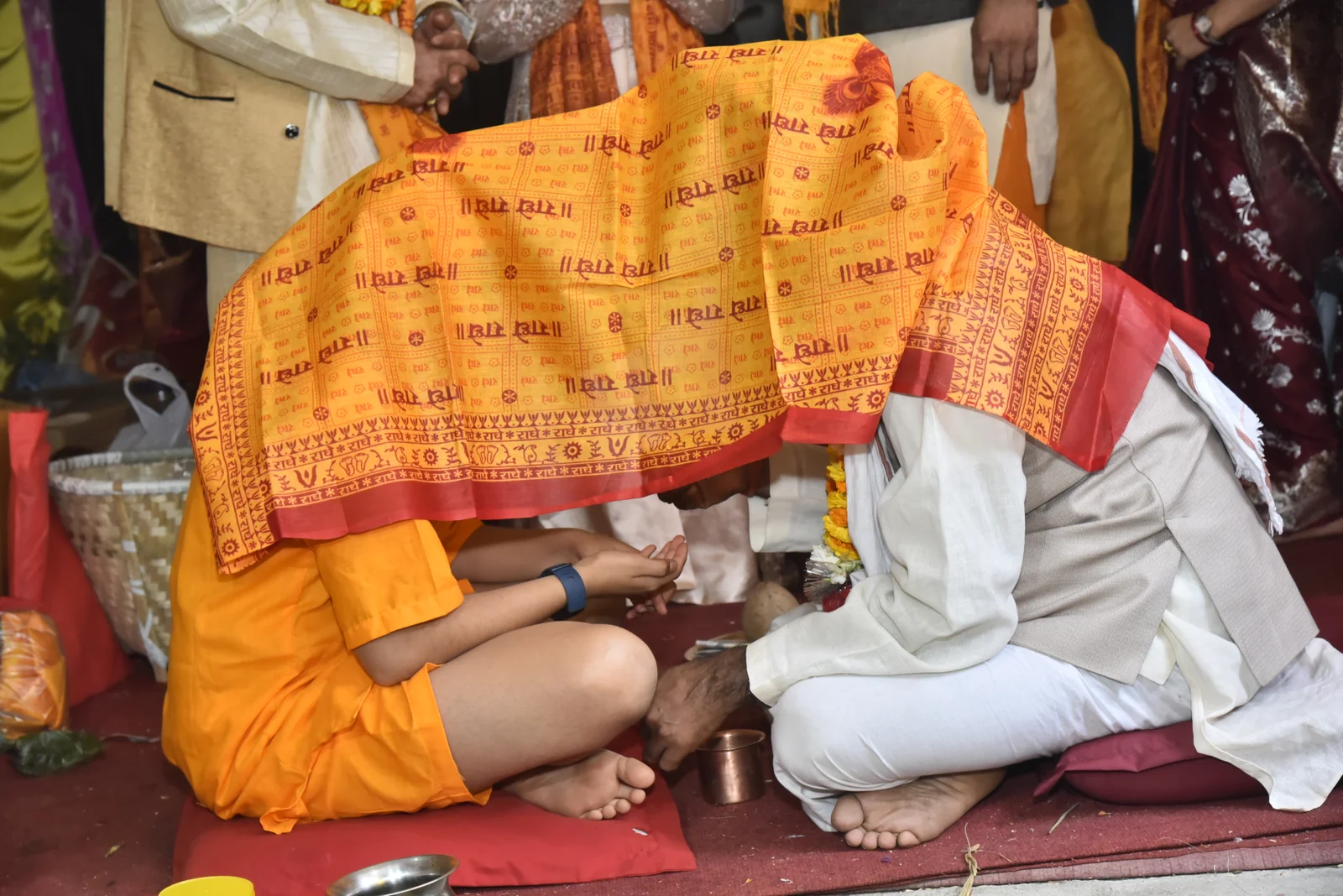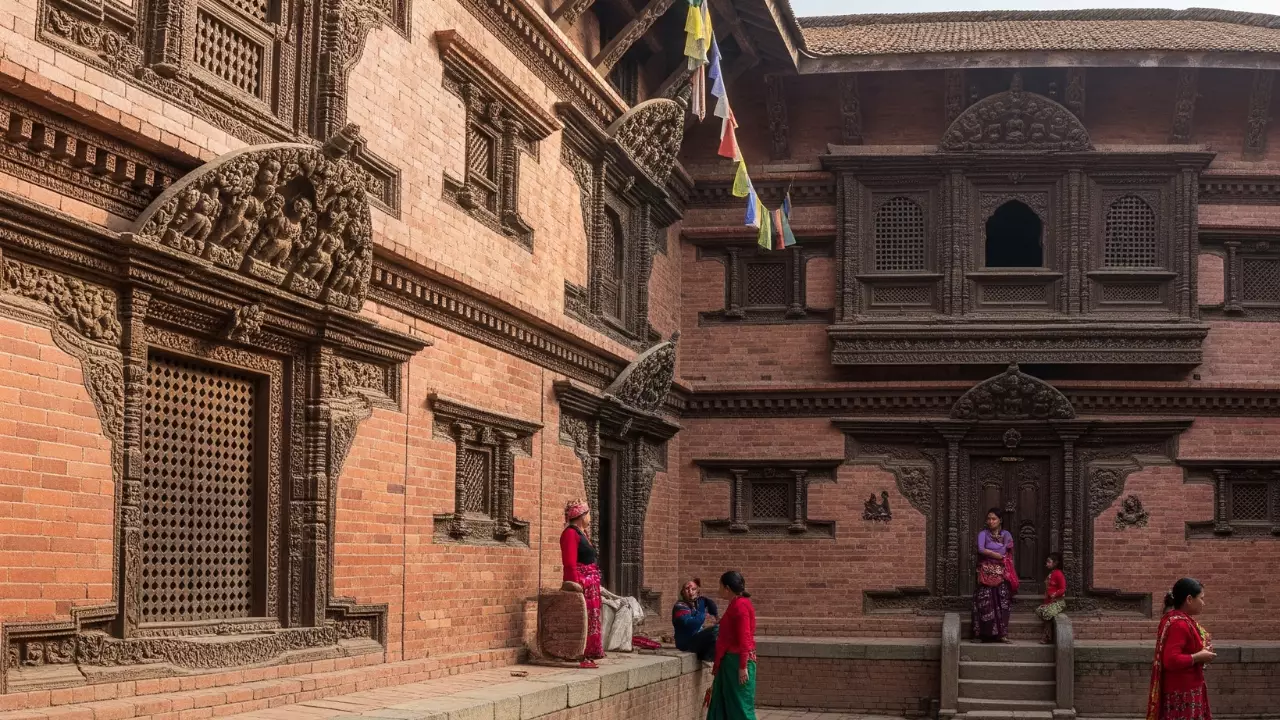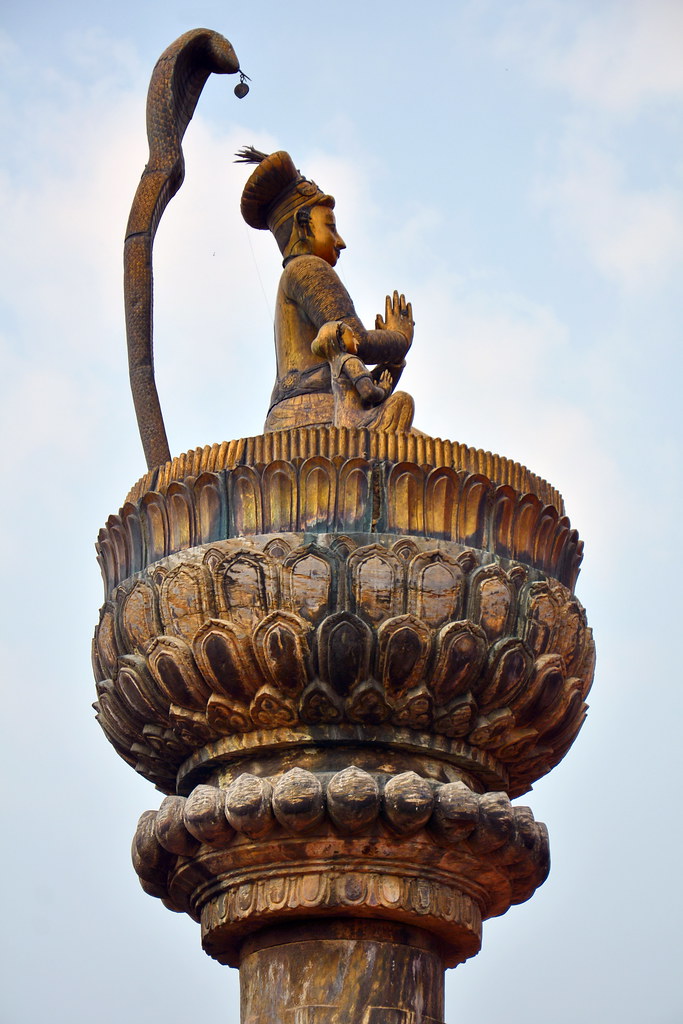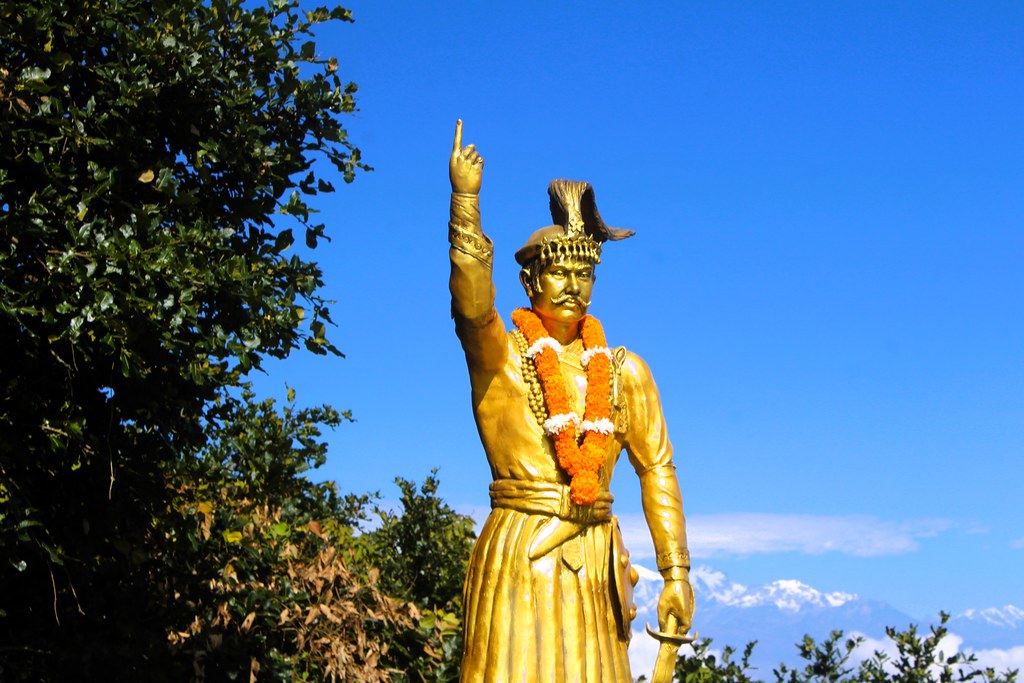Share this Article
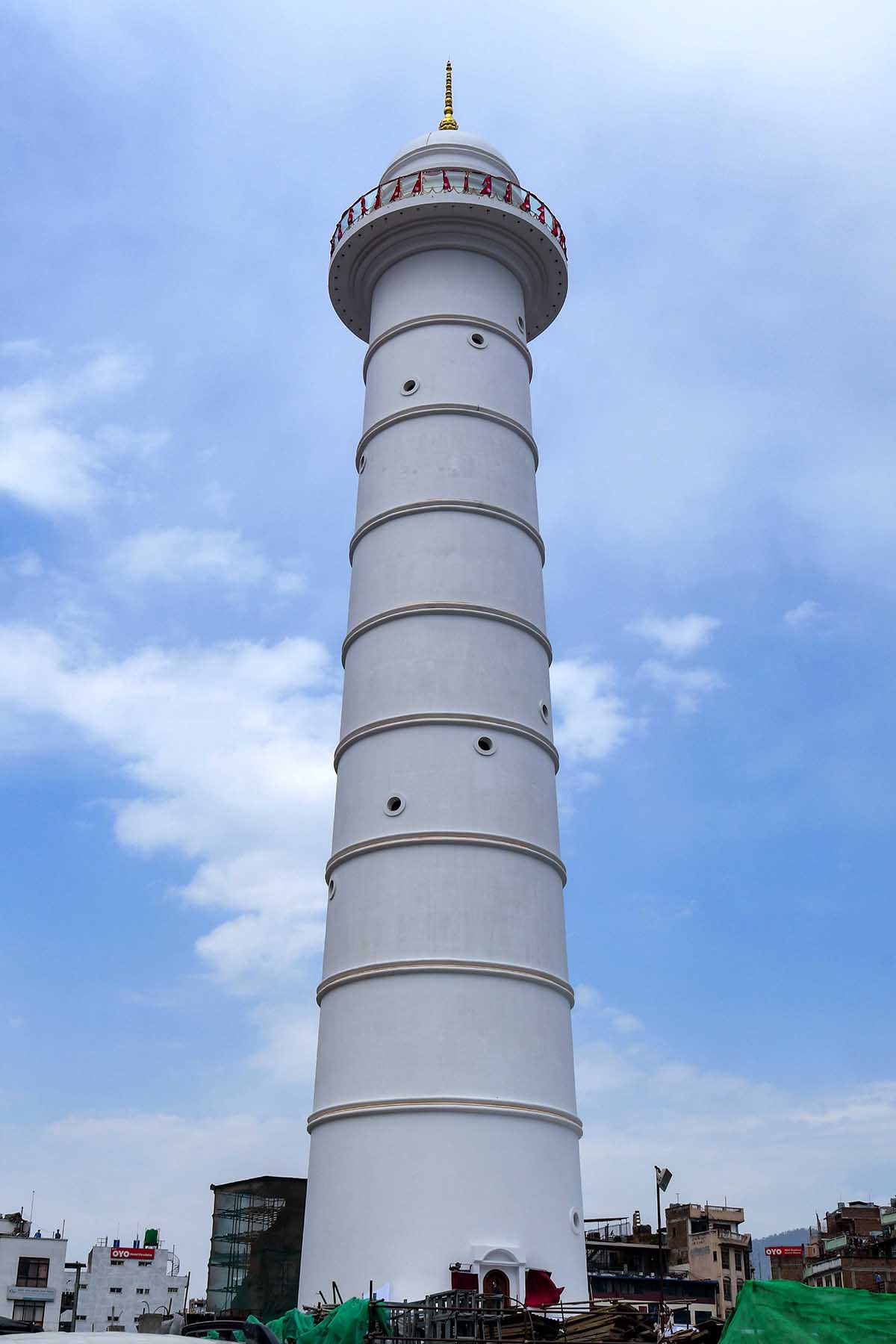
Introduction
In the heart of Kathmandu, a towering white structure stands as a symbol of Nepal’s history, tragedy, and rebirth. Dharahara, also known as the Bhimsen Tower, has witnessed centuries of change, surviving earthquakes and political shifts. This iconic monument is more than just a tourist attraction—it represents the resilience of the Nepali people. This article explores the history of Dharahara, its cultural significance, the devastation it faced, and its journey toward revival.
A Glimpse into History
Dharahara was first built in 1832 by Bhimsen Thapa, one of Nepal's most powerful prime ministers. The 72-meter-high tower was constructed as a watchtower in memory of Queen Lalit Tripura Sundari, Bhimsen Thapa's niece. The structure had a 213-step spiral staircase leading up to a balcony, from where one could obtain panoramic views of the Kathmandu Valley. At the top, there was a bronze statue of Hindu deity Shiva, symbolizing protection.
The original Dharahara was damaged in a large earthquake in 1834 but was quickly rebuilt. However, the next large earthquake in 1934 flattened it. King Mahendra, the ruler of Nepal at the time, rebuilt the shorter version of Dharahara in 1936, standing at 61 meters tall. The second tower quickly became an iconic landmark, featuring on postcards and school textbooks, evoking memories of Nepal's architectural heritage.
The 2015 Earthquake: A Nation's Heartbreak
On 25 April 2015, Nepal was struck by a 7.8-magnitude earthquake that killed nearly 9,000 individuals and reduced centuries-old buildings to rubble. Dharahara, which had stood for 79 years, collapsed in a few seconds. Nothing was left of the tower other than its base. Over 200 people who were in and around the tower at the time of the incident were killed, and it was one of the deadliest single incidents of the disaster (National Reconstruction Authority, 2016).
Its loss was profoundly mourned. Generations had regarded it as a meeting point, a place to visit, and a source of national pride. Its remnants were viewed in images that circulated globally, symbolizing the extent of Nepal's tragedy.
Rebuilding Dharahara: A Symbol of Hope
Following the earthquake, there were arguments over whether Dharahara should be reconstructed. Critics said money should be allocated to hospitals and housing, but its supporters felt that its rebuilding was essential for national morale. The government started reconstruction of the tower in 2018, with a blend of modern engineering and traditional architecture.
The newly constructed Dharahara, completed in 2021, is also 72 meters tall—the same height as the original. It has 22 stories, including a museum, an elevator, and a viewing gallery. The structure uses reinforced concrete and steel to withstand future earthquakes, but the white facade and intricate carvings are concessions to its heritage roots. The project cost over $4.1 million, funded by tax and public donations (Department of Archaeology, Nepal, 2022).
Cultural and Spiritual Importance
The importance of Dharahara goes beyond architecture. The tower has religious importance for Hindus. The original tower had a shrine dedicated to Shiva, and devotees would circumambulate the base as a part of worship. Even today, many Nepalis tie sacred threads on the fences of the new tower on festivals like Dashain and Tihar.
The tower also unites Nepal's divided communities. People from all aspects of life share a shared experience of visiting Dharahara as children or having family photos taken at its base. For many, climbing its stairs was a rite of passage.
Dharahara and Tourism
Before 2015, Dharahara was a tourist spot. Visitors climbed its narrow stairs to catch glimpses of Kathmandu's sprawling cityscape and the Himalayas towering in the distance. The new tower aims to revive this tradition. The viewing gallery now has digital screens explaining Nepal's history, and the museum contains artifacts rescued from the debris.
However, tourism recovery has been slow. The COVID-19 pandemic and economic recession have continued to keep the number of visitors low. Proposals to market Dharahara as a circuit of the Kathmandu UNESCO World Heritage Site are in the pipeline.
Controversies and Criticisms
Reconstruction was criticized. Some stated that rebuilding a historic monument with modern materials ruined its authenticity. Others criticized spending millions on a tower when thousands of earthquake survivors still lived in temporary shelters.
The government defended the project as honoring Nepal's cultural identity and fostering tourism. "Dharahara is not a tower—it's our history," said archaeologist Damodar Gautam. "Rebuilding it sends the message to the world that we can rise from ruins" (The Kathmandu Post, 2021).
Dharahara Today: A Beacon for the Future
The reconstructed Dharahara has become a symbol of Nepal's resilience. Its blend of old and new is appreciated by visitors and locals alike. Its surroundings, once covered with rubble, are now a landscaped park with fountains and benches. Evening light shows light up the tower, drawing in families and tourists.
Museum educational programs enable younger generations to discover Nepal's history. School field trips often include debates on heritage preservation versus development in the contemporary era.
Lessons from the Story of Dharahara
Heritage Preservation Matters
The rebuilding of Dharahara underscores the value of preserving cultural symbols. They are collective memory and identity sources.
Preparedness for Disasters Matters
Nepal is a high-risk earthquake zone. The collapse of Dharahara highlights the necessity to build safer structures and make communities disaster-response ready.
Progress and Tradition
The new Dharahara shows how progress can be harmonized with tradition. Other heritage structures could be conserved using the same principles.
Looking to the Future
A virtual reality experience is planned at the tower to allow visitors to "see" the Kathmandu Valley of old. The government also wishes to hold cultural festivals at the site to attract global attention.
For 70-year-old Kamala Gurung, who lived through both the 1934 and 2015 quakes, the new Dharahara is a miracle. "I never expected to see it again," she says. "Now my grandchildren can make their own memories here."
Conclusion
Dharahara's journey—from its inception as a royal tribute to its rebirth as a modern marvel—parallels Nepal's own story of resilience. More than a steel and brick tower, it is a tribute to the nation's unconquerable spirit. By preserving monuments such as Dharahara, Nepal honors its past while building a bright future. As the sun sets over Kathmandu, the illuminated tower declares: even amidst destruction, there is room for renewal.
Categories:
History & Heritage
,
Society & Representation
Tags:
LivingHeritage
,
Dharara



